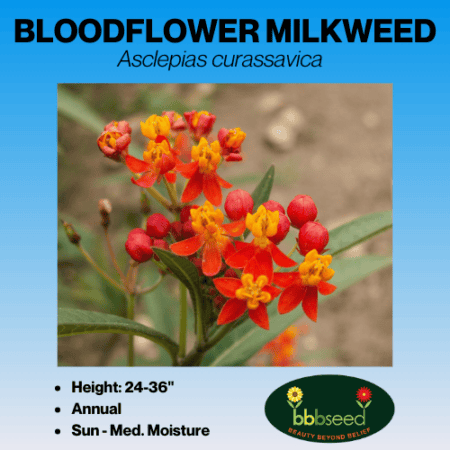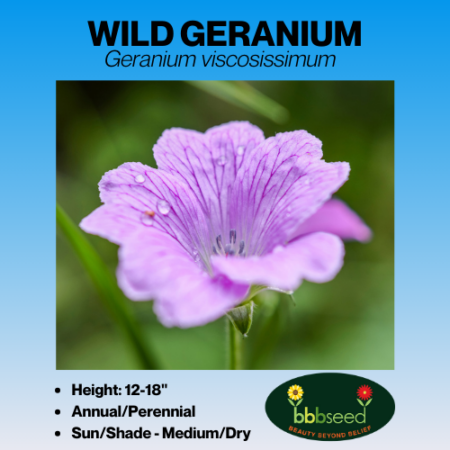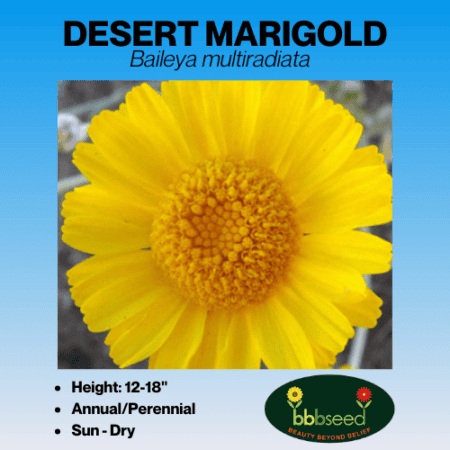Description
Bloodflower Milkweed
Also known as Tropical Milkweed, Bloodflower Milkweed is winter hardy in zones 9-11 and is easily grown from seed each year as an annual. It is great for attracting hummingbirds, butterflies and a wide variety of pollinators. Showy red-orange flowers with yellow hoods in rounded clusters grow on upright stems with medium-green, glossy, pointed leaves. Attractive foliage and flowers for beds, borders, cottage gardens, meadows and butterfly gardens. Also a good cut flower. Dried seed pods are attractive in arrangements.
Monarch Butterflies lay their eggs on the leaves and the larvae feed on the plants. Note that Bloodflower Milkweed plants contain cardiac glycosides, chemicals, that are toxic when eaten and make the Monarch larvae and butterflies also toxic to any would be predators so avoid getting the sap on skin.
Plant in rich, well-drained soil. Bloodflower Milkweed has a longer blooming period than most other milkweeds.
Monarch Butterflies so love this plant that scientists suggest that if you are in an area where this plant will overwinter, monitor your plantings and keep out of wild lands and ranches and cut the foliage to the ground in the winter to avoid luring Monarchs away from their migratory paths.
Color: Red-orange with a yellow hood
Height: 24-36″
Type: Perennial in zones 9-11 otherwise treat as annual
Climate: Sun-Medium moisture
Seeds/lb.: 180,000
Rate: 1oz./300 sq.ft.
Bloom time: June – October
Pkt weight: 1gm, approx. 100 seeds
Some tips for planting and growing Bloodflower Milkweed successfully
Milkweed seed has a high percentage of dormancy, which means that many of the seeds in your packet won’t germinate without special treatment or will germinate, not this season, but maybe the next season. So here are some suggestions.
-Prep:
Milkweed seeds need to be exposed to cold temperatures that normally occur in winter to help to break the natural dormancy and help to soften the hard outer casing. If you are planning to start your Milkweeds indoors, you will need to do this cold stratification, yourself. You can do this by putting your Bloodflower Milkweed seed in a damp paper towel, folding it to fit into a sealed plastic bag, then placing the bag into the refrigerator. Keep it there for 4-6 weeks.
Other methods: Nick seeds with a sharp razor blade. Soak seeds in hot (190 deg. F, to start) water for 12 hours prior to planting. (not as successful)
– Planting:
Plant in small 2-4″ peat pots (recommended) or tall plastic pots. Use ‘seed-starting’ soil or medium. Moisten the soil, place 1-2 seeds into each pot and cover with no more than 1/6″ damp soil or medium. Place the pots where they can drain. Water gently or fill a tray with 1/2 ” water to be absorbed from the bottom of the peat pots. Dump the excess water after absorption.
Water when the top of the soil is dry and don’t overwater. Milkweed seeds germinate in warm conditions, so place tray of pots in a warm sunny window, greenhouse, or under a grow light. Germination in 10-15 days for cold-stratified seeds. To encourage sturdy stems, place your grow light bulb close to the soil. Sometimes a small fan blowing gently towards the new seedlings will encourage sturdier stems.
– Other planting methods:
Plant non-stratified seed into peat pots filled with seed-starting soil or medium. Moisten, and place in a greenhouse or under grow light. This germination might take several months. If planting outside, seed in late fall. Let the Milkweed seed remain over the winter. This will accomplish the cold-stratification, needed. Germination should occur when the soil warms and the days are longer.
-Transplanting:
When plants reach 2-3″ tall, transplant outdoors in full sun in early spring after danger of frost is past. Milkweed produces a long taproot, so take care to not disturb the roots. Plant peat pots so that the top edge of the small pot is underground to avoid drying out. If your Milkweed seedlings were planted in plastic pots, take extra care to not disturb the roots. Water after planting until plants are established. Then tapering off, unless the season is extremely dry. The newly planted Milkweed seedlings may lose all their leaves due to transplant shock but should grow them back again.
Check out our Ultimate Milkweed Growing Guide for more information.









Reviews
There are no reviews yet.